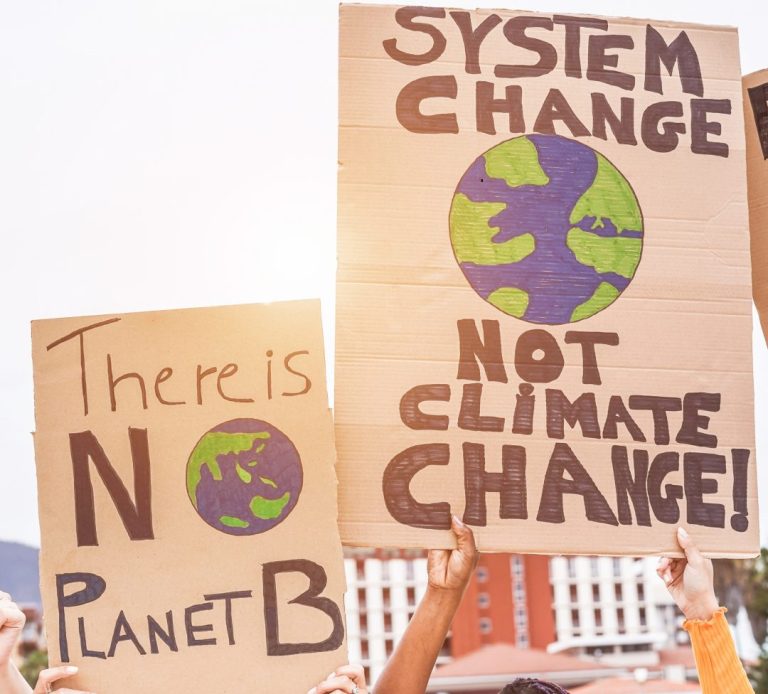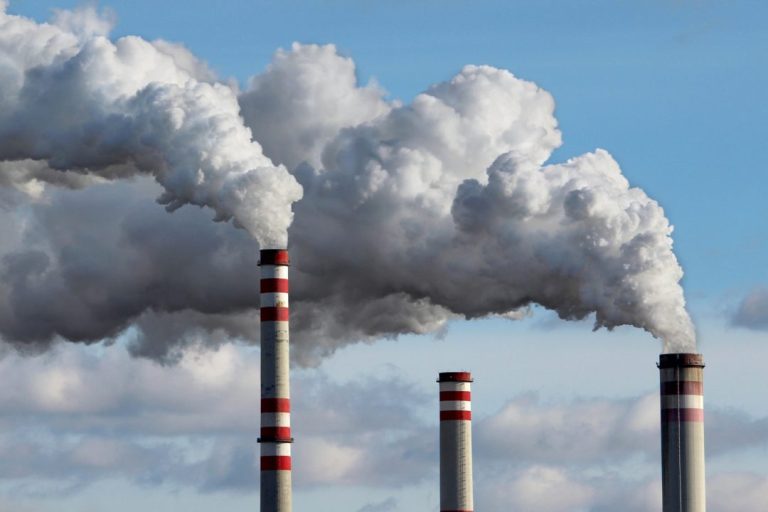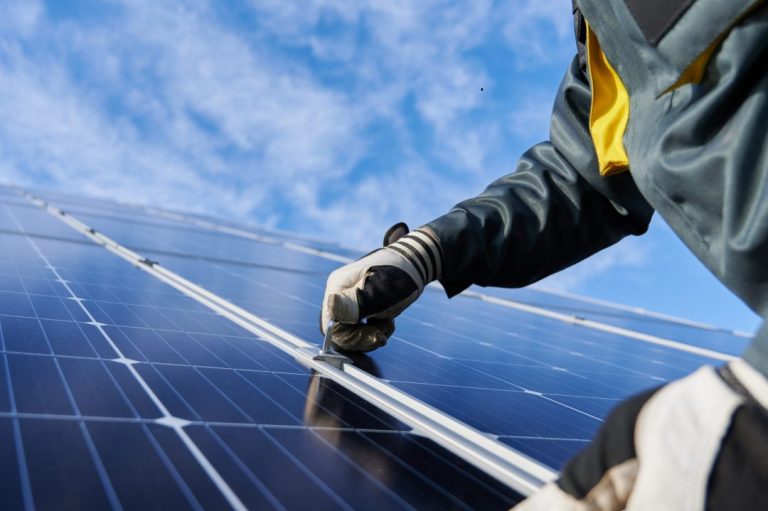
Enivronmental & Climate Justice
The Challenge
Environmental and climate justice is a civil rights issue. We all depend on the physical environment and its bounty.
Toxic facilities, like coal-fired power plants and incinerators, emit mercury, arsenic, lead, and other contaminants into the water, food, and lungs of communities. Many of these same facilities also emit carbon dioxide and methane — the No. 1 and No. 2 drivers of climate change. But not all people are equally impacted. Race — even more than class — is the number one indicator for the placement of toxic facilities in this country hit by climate change.
WHAT WE'RE FIGHTING FOR

Reduce harmful emissions, particularly greenhouse gases
We combine action on shutting down coal plants and other toxic facilities, as well as the building of new toxic facilities, at the local level with advocacy to strengthen development, monitoring, and enforcement of regulations at federal, state, and local levels. This also includes a focus on corporate responsibility and accountability.

Advance energy efficiency and clean energy
We work at the state level on campaigns to pass renewable energy and energy efficiency standards while simultaneously working to provide safer, more sustainable mechanisms for managing energy needs for our communities and beyond. We also support small businesses, unions, and others to develop demonstration projects to ensure that communities of color are accessing revenue generation opportunities in the new energy economy.

Strengthen community resilience and livability
We work to ensure that communities are equipped to engage in sustainability and climate action planning that integrates policies and practices on advancing food justice, advocating for transportation equity, upholding civil and human rights in emergency management, and facilitating participatory democracy.
